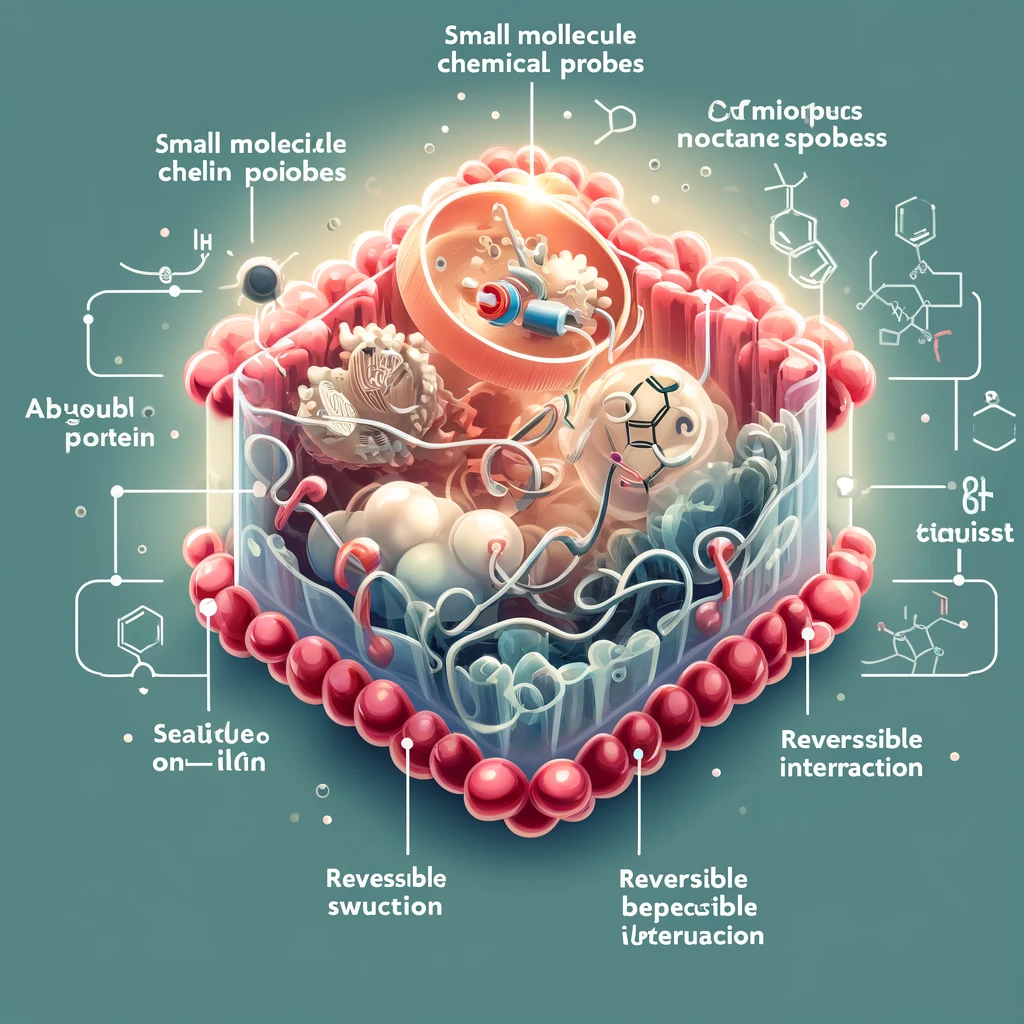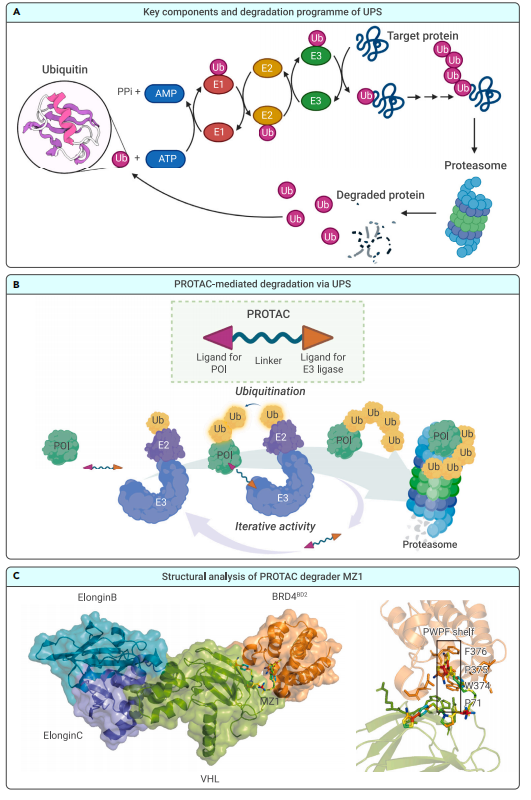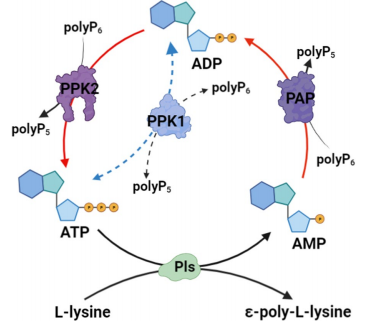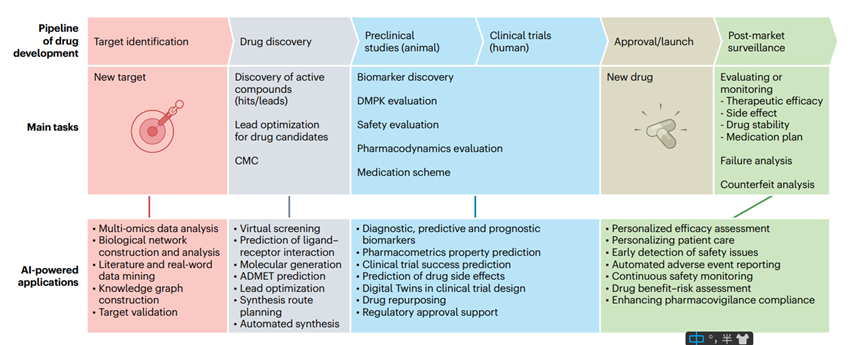Exploring the Interplay Between Norovirus Infection, Gut Microbiota, and Antiviral Strategies
Abstract
Norovirus, a leading cause of acute gastroenteritis worldwide, presents significant challenges in public health due to its high infectivity and mutation rate. Recent research has begun to illuminate the complex relationships between norovirus infection, host gut microbiota, and the potential for novel antiviral strategies including probiotics and vaccines. This review synthesizes current knowledge on these interactions, emphasizing the role of human intestinal enteroids (HIEs) and highlighting recent advances in antiviral approaches.
What is Norovirus?
Norovirus is a major contributor to gastrointestinal illness across the globe, leading to substantial morbidity and economic costs. Known for its rapid transmission and the severity of the outbreaks it can cause in communal settings like healthcare facilities and cruise ships, norovirus poses unique challenges for infection control and treatment. The development of effective management strategies is complicated by the virus’s ability to undergo frequent genetic changes and the absence of a robust system for its cultivation until recent years. This paper reviews the intricate dynamics between norovirus infections, the gut microbiota, and the exploration of antiviral measures.
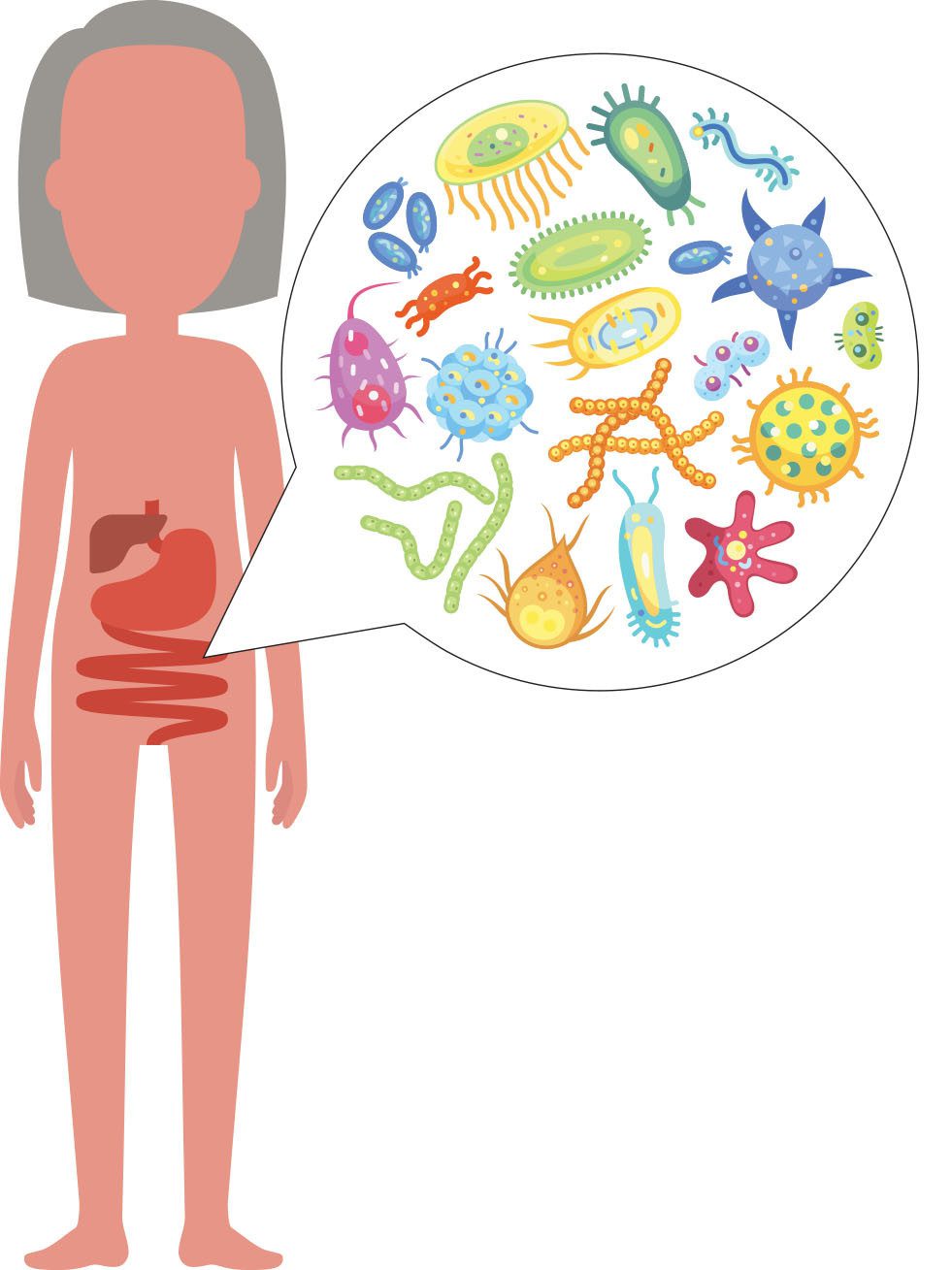
Norovirus and the Gut Microbiota
The interplay between noroviruses and the gut microbiota is complex, with evidence suggesting that microbiota can significantly influence the outcome of norovirus infections and vice versa. Understanding these interactions is critical for developing microbiota-based therapies and enhancing the efficacy of existing treatment protocols.
A. Enhancing Effects of Microbiota on Norovirus
Certain bacteria in the gut microbiota facilitate the replication and stability of norovirus. For instance, specific histo-blood group antigens (HBGAs) found on the surface of some bacteria can improve the binding efficiency of norovirus particles, enhancing their infectivity. This interaction suggests that manipulating the microbiota composition could affect norovirus pathogenicity.
B. Inhibitory Effects of Microbiota on Norovirus
Conversely, other elements of the gut microbiota can protect against norovirus infection. Mechanisms include the production of metabolites like short-chain fatty acids, which lower the intestinal pH and inhibit viral replication. Additionally, the competitive exclusion of pathogens and the strengthening of the intestinal barrier further prevent viral adherence and entry.
Human Intestinal Enteroids as a Research Model
The advent of HIEs has revolutionized the study of norovirus by providing a more physiologically relevant model than traditional cell cultures. HIEs mimic the human intestinal epithelium, allowing for detailed studies of viral infection mechanisms and host responses at the cellular level. These models have facilitated deeper insights into how norovirus interacts with human cells and the potential impacts of different microbiota compositions on these processes.
Impact of Norovirus Infection on Microbiota Composition
Norovirus infection can lead to significant changes in the composition of the gut microbiota, often resulting in a state of dysbiosis. This imbalance may prolong gastrointestinal symptoms and delay recovery. Studies have documented shifts in major bacterial groups such as Firmicutes and Bacteroidetes during and after infection. These alterations could have broader implications for the host’s health, potentially affecting immune function and susceptibility to other infections.
Probiotics as a Therapeutic Strategy
Probiotics offer a promising approach to mitigate the effects of norovirus infection by restoring a healthy balance to the gut microbiota, enhancing gut barrier integrity, and modulating the immune system. Clinical trials have demonstrated that specific probiotic strains can reduce the duration and severity of symptoms in gastroenteritis. The identification of the most effective probiotic strains and the mechanisms by which they exert their benefits remain active areas of research.
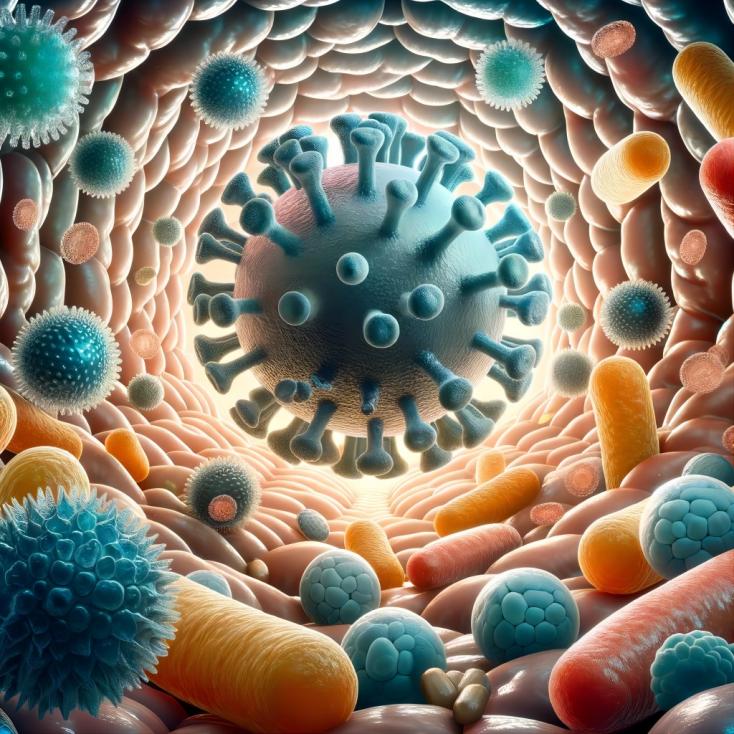
Development of Norovirus Vaccines
The genetic diversity and rapid evolution of noroviruses complicate vaccine development efforts. Historically, the lack of a reliable method for culturing the virus hindered these efforts significantly. However, the introduction of virus-like particles (VLPs) and recombinant technologies has facilitated progress in this area. Vaccines based on VLPs mimic the structure of the norovirus but lack the viral RNA, making them non-infectious yet immunogenic.
A. Vaccine Challenges
The primary challenge in developing a norovirus vaccine is the virus’s ability to evade the immune system through antigenic drift and shift. This variability means that a vaccine must either provide broad protection against multiple strains or be quickly modifiable to address new, emergent strains. Additionally, the short-lived immunity conferred by natural infection suggests that repeated vaccinations or boosters may be necessary.
B. Current Advances in Vaccine Development
Several promising vaccine candidates are currently undergoing clinical trials. These include both monovalent vaccines, which target a single norovirus strain, and multivalent vaccines, which aim to protect against multiple strains. Early phase trials have shown that these vaccines can elicit robust immune responses and are generally well-tolerated by recipients.
Probiotic Interventions and Norovirus
Probiotics have been studied not only for their ability to treat symptoms but also as potential preventive measures against norovirus infection. The rationale behind using probiotics is based on their ability to compete with pathogens for adhesion sites, enhance epithelial barrier function, and modulate the immune system to respond more effectively to infections.
A. Mechanisms of Action
Probiotics can alter the gut environment, making it less hospitable to noroviruses. By changing the pH and producing antimicrobial compounds, probiotics reduce the survival and replication of the virus. They also promote the production of mucosal antibodies that can neutralize pathogens before they cause infection.
B. Clinical Evidence
Several studies have shown that specific probiotic strains can reduce the incidence and severity of gastroenteritis caused by norovirus. For example, Lactobacillus rhamnosus GG has been shown to decrease the duration of diarrhea in infected individuals, potentially reducing the transmission of the virus within populations.
Future Directions
Future research should focus on integrating insights from microbiota studies with traditional virology to develop comprehensive strategies against norovirus. This includes optimizing probiotic formulations to enhance their efficacy against norovirus, refining vaccine candidates to provide broad and lasting immunity, and improving our understanding of the molecular interactions between norovirus and the gut microbiota.
Conclusion
As our understanding of the relationship between norovirus, the gut microbiota, and the immune system deepens, new avenues for the prevention and treatment of norovirus infections emerge. Continued research into the development of effective vaccines and probiotic treatments is essential to combat the global health challenge posed by norovirus.

